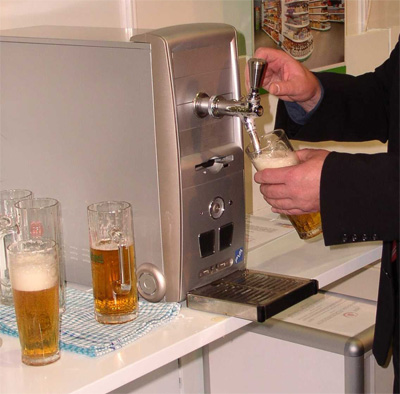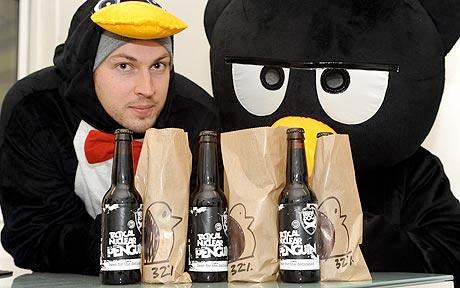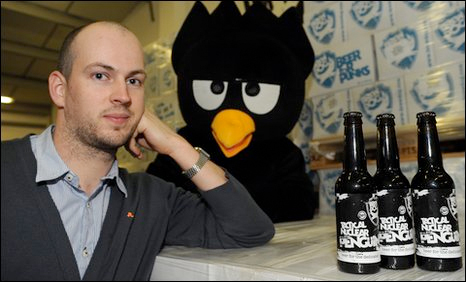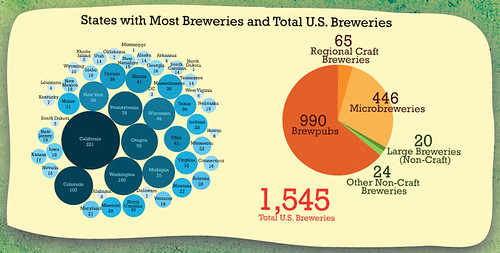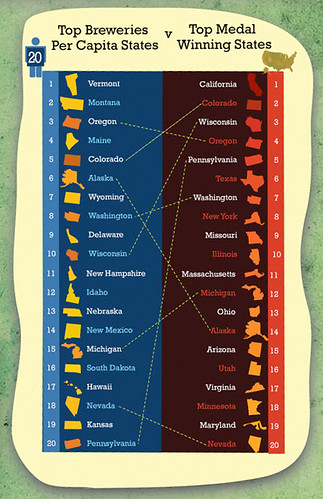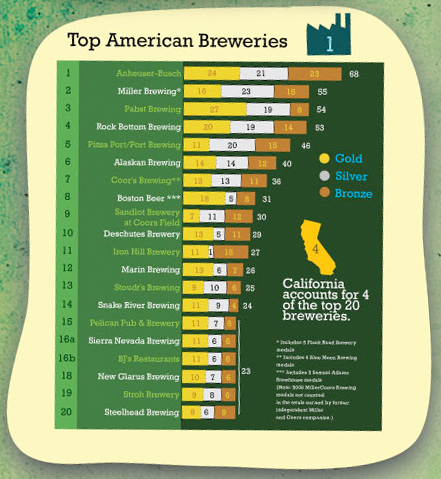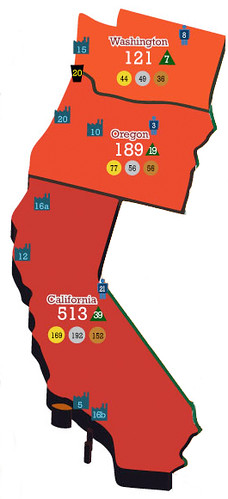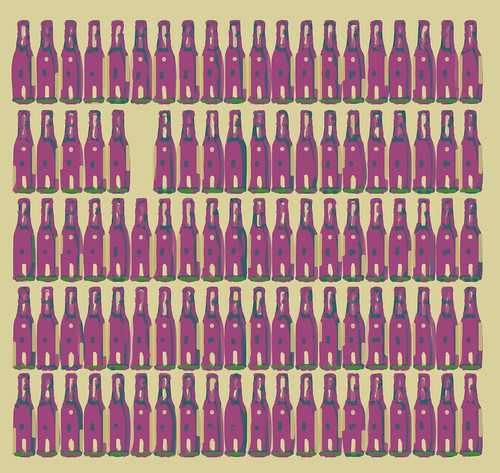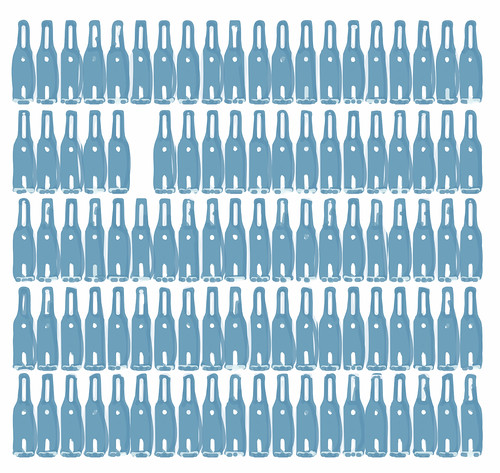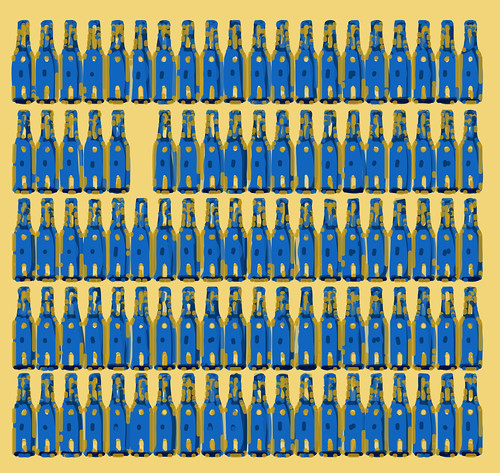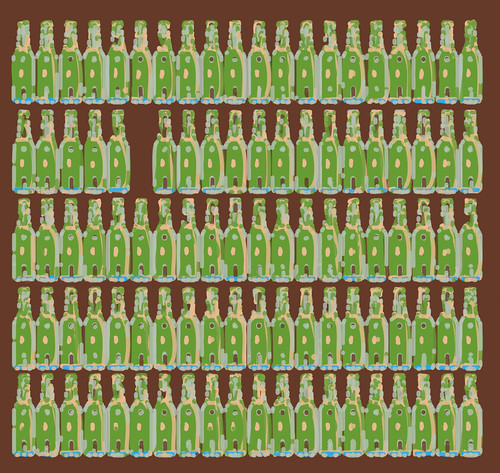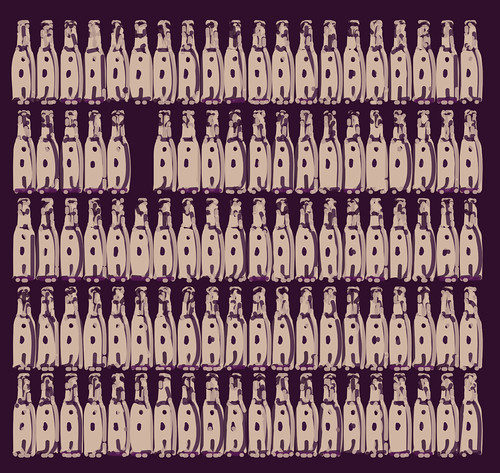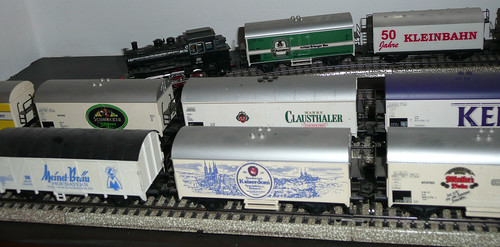
The lovely missus and I attended the annual Christmas party at Anchor Brewery, one of our favorite events of the year, and one of the few my wife regularly attends. Good friends, good food and great beer. I always start with a Liberty Ale — a perennial favorite — and also finally had a chance to try their new Humming Ale. The Humming Ale is brewed with an “unusual hop variety called Nelson Sauvin” and was brewed to commemorate the 30th anniversary at the brewery’s present location on Mariposa Street in San Francisco.

Me and Mrs. Brookston Beer Bulletin all dressed up and somewhere to go.
Though there was some terrific food this year, as always, I can never get enough Maytag Blue Cheese. There was also a tasty brisket with sage mashed potatoes, and a veggie table that included some wonderful au gratin potatoes. But my favorite was Pumpkin Soup Shooters with toasted mini-turkey and cranberry Panini.

The annual tree made from Christmas Ale mother cartons and decorated with bottles and bows.
The dessert was Spiced Gingerbread with dried fruit compote and Anchor Porter ice cream. The ice cream was so good I had seconds of just that, which I found paired really well with the Christmas Ale.
Below is a slideshow of this year’s Anchor Christmas Party. This Flickr gallery is best viewed in full screen. To view it that way, after clicking on the arrow in the center to start the slideshow, click on the button on the bottom right with the four arrows pointing outward on it, to see the photos in glorious full screen. Once in full screen slideshow mode, click on “Show Info” to identify each photo.



